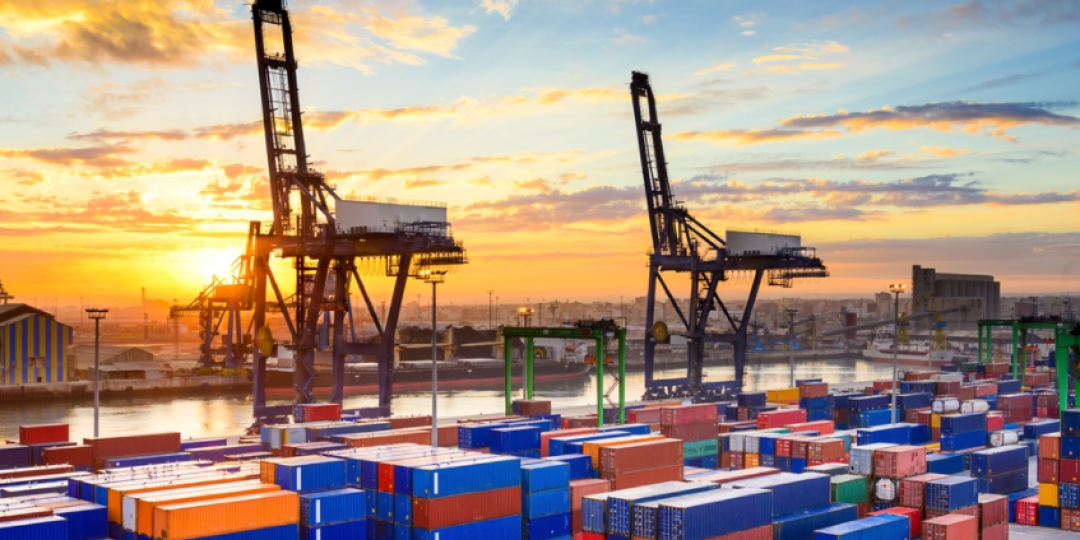Conflict-related volatility in the oil market could force the hand of lines to keep freight rates in check for the sake of sustained shipments, it’s reported from London this morning.
This comes as low-sulphur bunker prices soared by $100 per ton yesterday on the back of indications from the US, UK and Europe to ban oil imports from Russia in the severest decision to date by western countries to punish Russia for its war on Ukraine.
Yesterday’s increase means that bunker prices have gone up by some $300 since February, bringing the current price to about $1 000 per tonne.
There’s also no end in sight to the pain that could ripple out across the globe because of the rising oil price.
Analysts say that current per-barrel increases could go to $200 by the end of the month, more than double what the price was at the beginning of 2022.
It is widely felt, though, that lines will be forced to recalculate their projected yields for the year, especially as soaring freight rates last year secured profits for the ocean carriage industry unlike anything seen this century.
However, whereas liner outlooks are based on bunker prices of about $500 per ton, a doubling of the bunker price for the ocean trade is unfeasible.
Chartered shipbroker Mike Wackett has said that the impact of oil and subsequent bunker prices could force lines to consider a number of mitigation strategies, such as emergency surcharges and slow-steaming.
Holding on to some measure of profit in 2022 amid all the market chaos is not going to be easy for carriers, knowing full well how important it is to stimulate demand.













